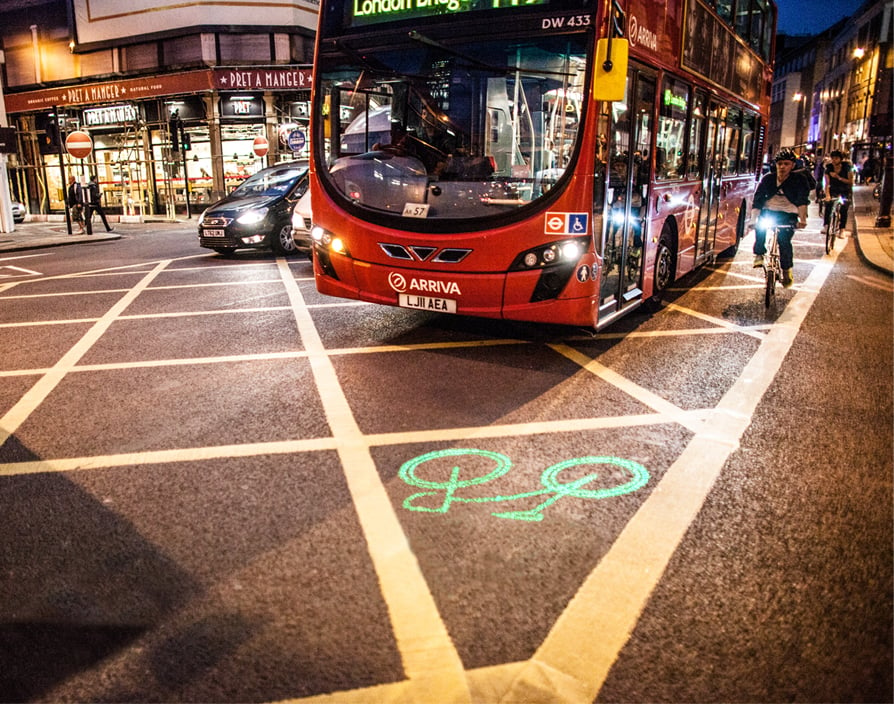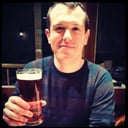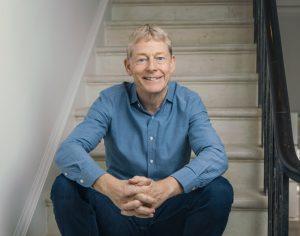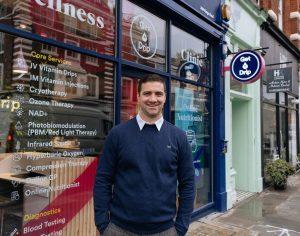One could be forgiven for assuming that Emily Brooke, co-founder and CEO of urban-cycling company Blaze, has spent her life on a bike. But, as Brooke admits, she hasn’t always been that comfortable on the saddle. “I had a bike at Oxford [University] but gave up because I thought it was miserable and I hadn’t realised after about six weeks that both of my tyres were completely flat,” she says.
Brooke’s passion for cycling was ignited in 2010 when, following the death of a close friend, she organised a charity bike ride from Land’s End to John o’ Groats. Spending some time on two wheels opened her eyes to the dangers that cyclists face on a daily basis. It also inspired her final-year project at Brighton University, where she was studying product design. “I wanted to make a difference and solve a real problem so I spent six months working with a driving psychologist, analysing the statistics of which accidents happen the most,” says Brooke. She discovered that the biggest cause of accidents is the blind spot of other vehicles. “I found out that 79% of collisions happen when a vehicle drives into a bike that is travelling straight ahead,” she adds. “That’s the problem I wanted to tackle.”
The only thing Brooke needed was a product idea – and it presented itself while she was cycling towards Brighton seafront. “I came to a junction and there was a white van in front of me. I wished I was 55 yards ahead so the driver could see me,” she says. “I thought: ‘I could project myself there.’”
Before long, Brooke had set about developing what would become Blaze’s flagship product, Laserlight. And it’s fair to say she was starting from scratch. “I had no idea what I was doing so I just had to go and find people who did,” she says. Fortunately, she didn’t have to look too far. “I managed to find a laser expert down on the south coast and spent many afternoons sitting in his studio asking him lots of questions,” she adds.
The end product was an incredibly impressive piece of kit: a fully waterproof front light that also projects a bright green bike onto the road to alert other vehicles that there is a cyclist in their blind spot. Recognising how innovative a product she had conceived, Brooke sought advice on securing a patent from the IPO Office. “They were really receptive and incredibly helpful,” she says. After a lengthy process, the patent was accepted, representing a massive landmark for Brooke’s fledgling startup. “There was a lot of back and forth but it was great news for us,” she adds.

Something else that entailed a lot of back and forth was having the product manufactured in China. “It was a very steep learning curve, which we are still very much on,” says Brooke. Yet it could have been even more arduous had Brooke not met Liam Casey, founder and CEO of manufacturing giant PCH, at Founders Forum. “He is probably one of the most inspirational entrepreneurs I have met. Completely mad but brilliant,” says Brookes. “He said, ‘We could do this; we could manufacture the Laserlight.’ And I was on a plane to China within three hours.”
But there was still one more thing to nail down: whether Laserlight was fit for market. To this end, Brooke placed the product on Kickstarter in December 2012 to get an idea of how well it would sell. When it raised £55,000 – more than double its fundraising target of £25,000 – Brooke knew she was onto something special. “It was the first moment that this was an actual viable business; there was money in the accounts” says Brooke. “It was an amazing feeling.” And having attracted investors from 40 countries, Blaze didn’t have to worry about cracking the UK before setting its sights overseas. “I said from day one that I wanted to build a global urban cycling brand and from day one on Kickstarter, we were pretty much global”, says Brooke.
In spite of this, it was evident the company wouldn’t be able to build up a strong position in the cycling market without a serious injection of capital. In February 2014, the company closed a seed round of $500,000, led by Index Ventures and Richard Branson. Brooke first met the Virgin founder at Founders Forum, which he was attending with his children. “I was there with a very early prototype and his son Sam came over and said: ‘This is really cool,’” says Brooke. “The next minute, his sister Holly came over and said: ‘Wow, my brother said this is really cool.’ And then Richard comes over and said: ‘My kids said this is really cool. You should come in for a meeting.’”
By this point, Brooke had also expanded her team, bringing in Philip Ellis as Blaze’s co-founder and COO. Although she’d managed to build a prototype and run a successful Kickstarter campaign without a right-hand man, Brooke says the appointment of Ellis has been crucial to the company’s success. “I can’t imagine doing it without him now because he does all the things that I am crap at,” she laughs.
Flush with the funding from its seed round, Blaze could push ahead with new projects. These included its back light, the Blaze Burner, the development of which had begun around the same time as Laserlight. “We wanted to do a back light from the beginning but Laserlight took over,” says Brooke. While it might not be as eye-catching as its sister product, the Blaze Burner still has some neat components, including a magnetic bracket that allows cyclists to unclip it with one hand while riding. It also emits diffuse light, which doesn’t shine directly into the eyes of drivers behind. “We just wanted the most visible high-performance back light you could possibly have,” says Brooke. “So we considered everything and really started from the ground up.”

Nevertheless, Brooke still had reservations about how well the Blaze Burner would be received. “I was quite nervous because Laserlight is such an innovation and has such an obvious USP, whereas the back light is just a very good light,” she says. “I wondered whether people would take time to understand that.” Her doubts were dispelled when Blaze Burner raised more than four times its original Kickstarter target, drawing in over £150,000. “To reach our target of £35,000 within hours of opening the campaign was completely mad and very exciting,” she adds.
Equally exciting is the deal that Blaze reached with Transport for London (TfL) and Santander last December, which has resulted in a Laserlight being fitted on every one of the capital’s 11,500 Santander bikes. As part of the partnership, TfL and Santander commissioned 12 weeks of research from the Transport Research Laboratory. “They did all this testing and sent us a 92-page document, which is absolutely golden,” says Brooke. “One of the things it says is that a bike with a Laserlight in pitch black is more visible than a bike without in broad daylight. So there are some really fantastic statistics and data that we can now use to market Laserlight going forward.”
Brooke is hoping to establish similar partnerships in other cities around the world, revealing that she’s already taken a couple of trips across the pond. And, as Elite Business went to print, Blaze was on the verge of opening its Series A round. The funding will be used to help expand the company’s team and develop new products. “We’ll be looking to raise between £3m and £5m,” says Brooke. “It’s going to be for both the consumer and B2B sides of the business.”
With plenty of ideas in the pipeline and a big investment round on the horizon, Blaze certainly looks well on course to revolutionise the world of cycling. And Brooke has her sights set suitably high. “I want to build the Apple for bikes,” she concludes. ![]()
Share via:


















































